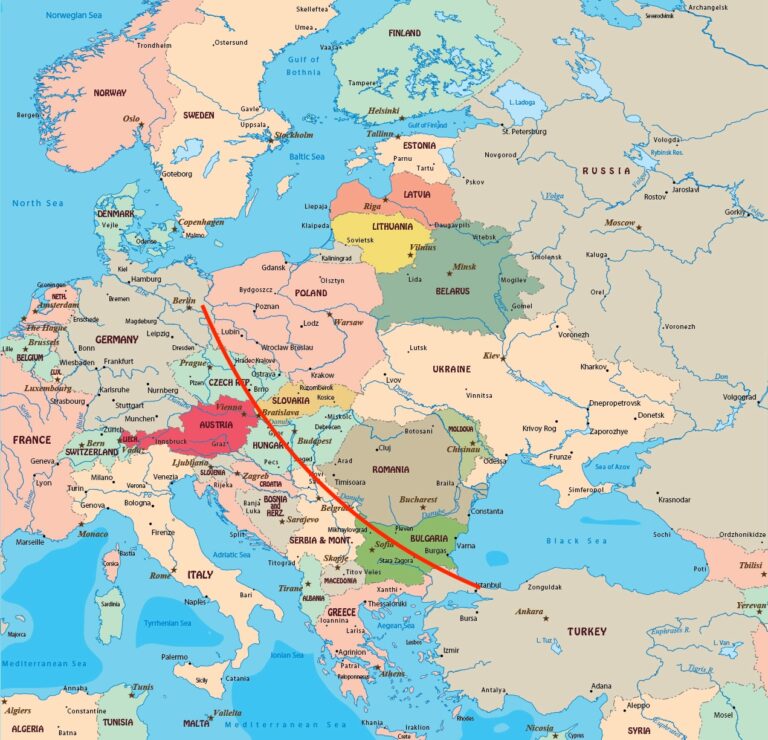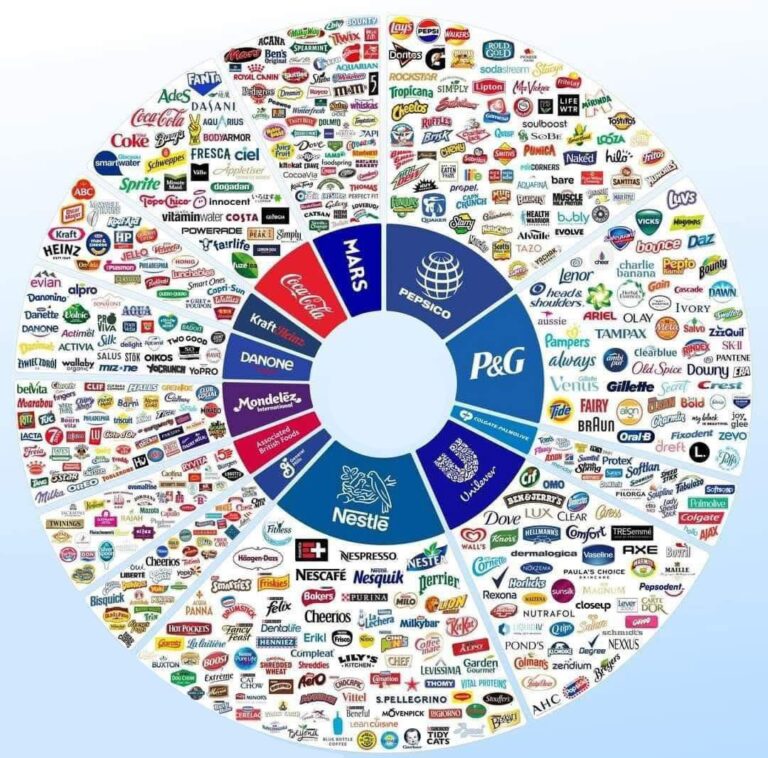By Andrea Tucci,
The year 2023 saw the highest number of irregular border crossings since the refugee crisis of 2015/2016, according to the 2024 Asylum Report issued by the European Union Agency for Asylum (EUAA). The European Border and Coast Guard Agency (Frontex) documented 385.000 irregular border crossings into the EU’s external borders an 18% increase from 2022.
Syrians, Afghans, and Turks continued to submit the highest number of asylum applications, accounting for more than a third of all requests made to EU countries. Syrian nationals, who represented nearly one-sixth of all asylum seekers, submitted 181.000 applications a 38% increase compared to 2022. Afghans followed with 114.000 applications, while Turkish citizens filed 101.000 requests, making them the third-largest group seeking protection. Since the start of Israel’s genocidal war on Gaza on October 7, 2023, a significant number of Palestinians have also submitted asylum applications.
According to the European Council, migrant smuggling operations have evolved significantly since the start of the migration crisis in 2015. According to Europol and Interpol, over 90% of undocumented migrants pay smugglers to try to reach Europe. Estimates suggest that the global annual profits from human smuggling range between €4.7 and €6 billion.
Migrants often pay these exorbitant sums to smugglers and risk their lives on unsafe journeys due to the harsh conditions in their home countries whether economic, social, political, or related to freedoms and human rights. Many also flee persecution, tribal vendettas, and threats faced by religious, gender, and sexual minorities.
Through this article a “journey” to uncover the hidden realities of irregular migration routes taken by dozens of migrants seeking to reach Europe. The route of migrants taken by Arab and not starts in Turkey and goes to Bulgaria, then Serbia, Hungary, Slovakia, and the Czech Republic before finally reaching Germany.
Instead the route taken by Turkish migrants differs from that of Arabs because they cannot enter Slovakia or the Czech Republic. If caught in either of these countries, they are immediately deported back to their country, as they are considered to not have any compelling circumstances that would justify asylum.”
The “trip essentials” must include a backpack for easy carrying through rough terrain and forests, a sleeping bag, life vests, and inflatable flotation devices all of which were openly available in many shops at the Aksaray area of Istanbul.
For the Arab people “the journey” starts from Istanbul where migrants gather in a designated location. From there, they embark on a car ride to the Turkey Bulgaria border, paying between €7.500 and €10.000 per person.
At this stage, there are no immediate dangers only exhaustion and anxiety over the possibility of Turkish authorities stopping the passengers. Sometimes, the Turkish gendarmerie allows migrants to pass through, but when they decide to secure the border, they can enforce it strictly. However, in many cases, certain officers turn a blind eye to let migrants through in exchange for money. This is why Erdoğan constantly threatens European countries with opening the borders to migrants for specific political gains.
Upon reaching Serbia, migrants are taken by a ‘ripper’ (a guide who knows the route and locations on the map and works under the lead smuggler who coordinates remotely) to the Serbia Hungary border. They must then cross the “TILL” a barbed wire fence equipped with cameras and razor wire at the top, sometimes even laced with toxic chemicals. The fence must be cut to pass through, after which the journey continues. After that, they move on to Slovakia, then the Czech Republic, and finally, Germany.
Exist also another type of smuggling known as “agreement smuggling”. This type of smuggling happens frequently along the Turkish-Syrian border. Previously, in 2019 and 2020, it also occurred on the Turkish-Bulgarian border, but it later stopped. Under this method, an agreement is made between the smuggler and an officer at the border, whereby the officer turns off the cameras and instructs his soldiers to go to sleep, or they agree on a specific time window for crossing. During this period, the border remains open from both sides, allowing the agreed number of migrants to be smuggled through. The smuggler then pays the Turkish officer with whom the deal was made.”
Truly the biggest fear is the Turkish gendarmerie because they are known to beat people. Additionally, large criminal gangs from different nationalities operate in the area, kidnapping migrants and demanding ransom from their families or forcing them to unlock the “travel code”a system allowing the financial insurance office to transfer/release funds under threat before they even reach their intended destination.
Other threats migrants face along the journey, such as hunger, fatigue, and psychological stress not to mention encounters with wild boars, bears, snakes, and other dangerous animals that lives in these forests.
But the most dangerous aspect of the journey, is that “no one helps anyone. At the beginning, the “ripper guide” walks with you, but as soon as he feels that you’re too exhausted to continue, he abandons you on the road and no one stops to help.
What’s happening now is no longer smuggling in the traditional sense it has become a human trafficking and to the smuggler, a migrant is nothing more than $2.000 or $3.000.
When a migrant arrives in Germany, they go to the initial reception center, where their personal data, where fingerprints and photos are recorded. After that, they submit an asylum application, in which they must explain their reasons for seeking asylum such as political persecution or fear of war.
After registration, the asylum seeker is directed to a specific German spot, where they will reside during the processing period. Then, they undergo the asylum interview at the Federal Office for Migration and Refugees (BAMF). During this interview, they are questioned in detail about the reasons for their asylum request. This review process usually takes several months, during which the asylum seeker remains in an accommodation center.
Then comes the decision phase, where a positive outcome is granted if the BAMF (Federal Office for Migration and Refugees) determines that the individual qualifies for asylum. In this case, they receive protection, whether in the form of asylum, refugee protection, or temporary protection. However, if the application is rejected, the individual is issued a decision requiring them to leave Germany within a specified period, unless they have the right to appeal or file a lawsuit in administrative court though this process can take months or even years.
The integration and employment phase allows refugees who have been granted protection or asylum to enroll in integration courses, which include learning the German language and receiving information about life in Germany. There is also a political exam that qualifies them for citizenship in the future. After a certain period, they may also obtain a work permit in Germany.
The experience from the migrants attempts cannot be generalized to all irregular migration journeys from Turkey to Europe, but the risk of not surviving is real, as are incidents of abuse, torture.
The migration route is fraught with dangers, including wild animals, gangs and mafias, violence from security forces, the risk of getting lost in the forests, hunger, and dehydration.
The experiences also shed light on the occasional leniency of the countries along the migration route towards smugglers, and the enormous profits these smugglers make from these operations.
These “desperate journey” are still unfortunately ongoing they are expected to increase given the serious and unstable geopolitical situation in the Middle East.


